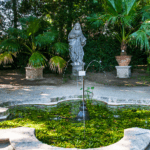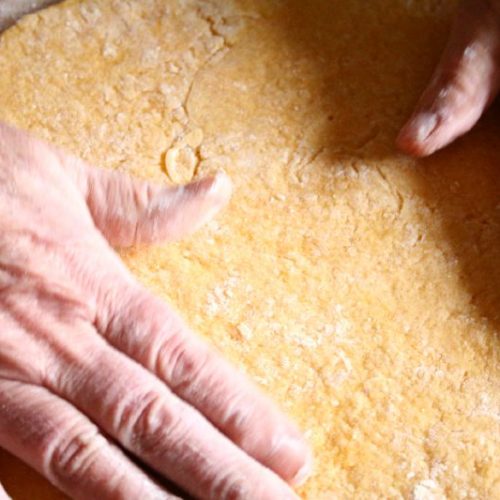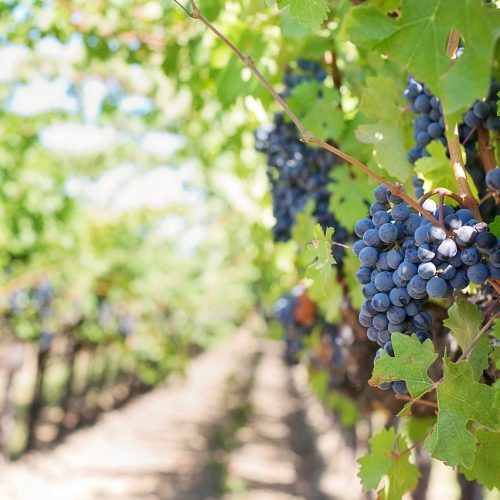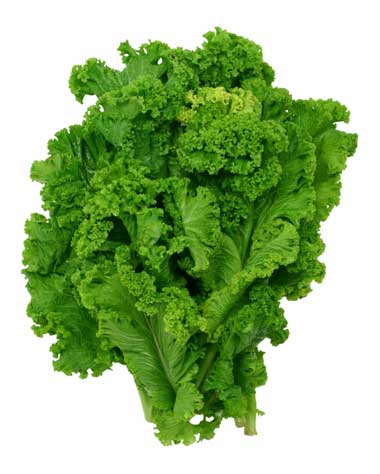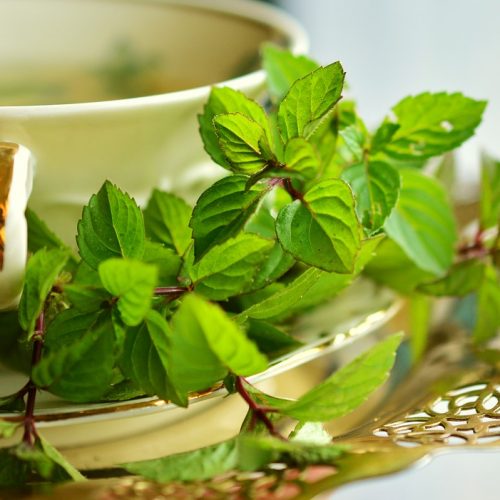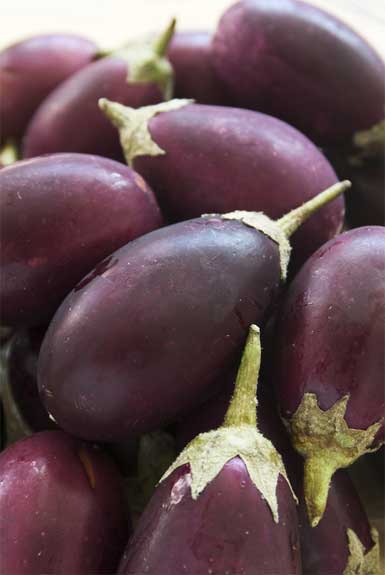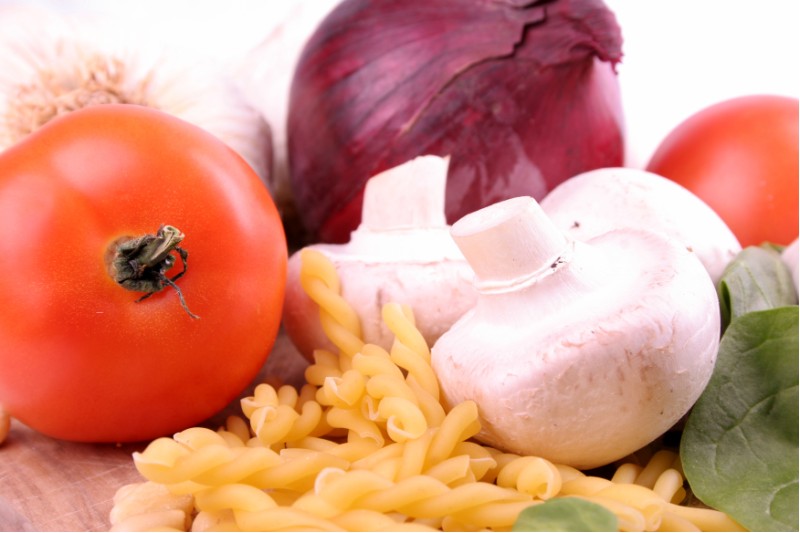Things your Grandma never told you about Garlic, but should have
The principles in creating a good garden are an inviting entry, something to focus on and a continuity of form. My Italian grandmother spent most of her days tending a garden that supplied all of these elements, and yet she never read a garden manual, never joined a garden club and, as a matter of fact, never read a home and garden magazine. And yet, to visit her garden was to visit a small part of paradise.
Grandma used her inborn heritage and instincts when creating her sprawling gardens. It was with these same instincts that she decided what she would grow. For eye appeal, the garden would have many flowers, but more important than external beauty the herbs that grew in Grandma’s garden would provide her family with curative care. One of the essentials to this curative care was grandma’s bountiful garlic grove.
At the entrance of her garlic garden stood four huge pergolas, ascending them were tenacious sweet peas and Hyacinth bean vines. The huge, impressive, poles stood like bastions in the garden, as if set there to protect grandma’s beloved garlic plants.
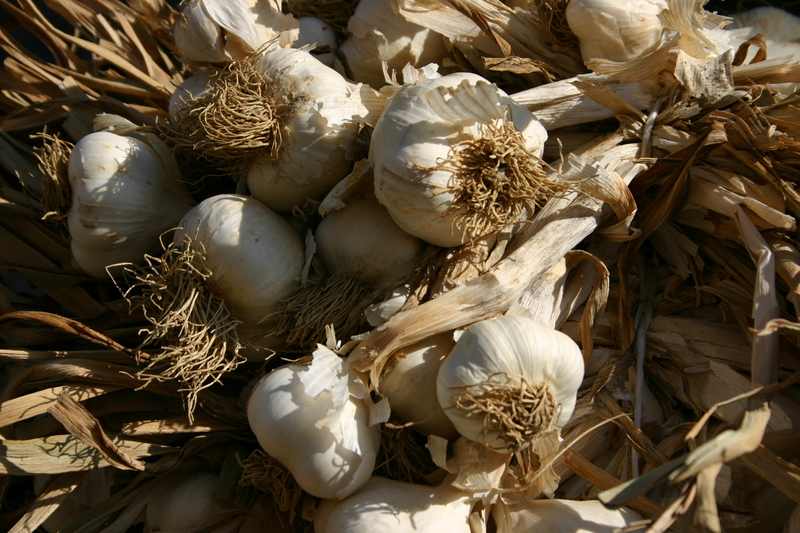
Webster’s dictionary defines garlic simply as “a plant related to the onion; strong in flavor and aroma.” But to Grandma and her family the flavor and benefits of the garlic bulb was much, much more. Grandma believed that the aromatic garlic clove was meant to be appreciated and enjoyed by all those who loved things with a passion.
Most backyard gardeners are well aware of this bulbous perennial’s reputation and its many attributes. They also know this fragrant plant has one of our garden’s prettiest blooms. A relative of the lily, its huge ball- like blossoms are fused with hundreds of tiny lavender blooms that- like their bulbs- are rich in sugar and almost as pungent in fragrance. With little attention, this aromatic bulb returns years after year.
Garlic properties
Ancient Romans believed strongly in the power and value of garlic, attributing more than 60 different medical cures to its benefits. They believed the eating of garlic made their workers strong and their soldiers brave. Medieval ladies believed in the power of garlic so much that they ate it to make the skin more beautiful and smooth. Down through the ages, people have used garlic to treat toothaches, sore throats and earaches and even to ward off snakes, witches and vampires.
After years of watching my Italian Grandma grow and harvest her garlic cloves, I’m not surprised to learn that garlic was held in such high esteem by the citizens of ancient Rome. I grew up in a family that used garlic both as a seasoning and as a medicinal cure for just about everything.
I remember an old recipe grandma concocted for us kids every time we had a bad cough or cold. First, an onion was sliced into a pot of water, a large spoonful of sugar and honey measured into the pot, and- here’s the important part -a handful of garlic thrown in. It was boiled on the stove until it formed a syrup. It took some doing to convince me to swallow this stuff, especially during the flu season when Grandma insisted on giving us kids a big spoonful of this mixture before we left for school in the morning. We didn’t catch cold that year- possibly because our breath was so strong no one dared get close enough to pass on a germ- but nonetheless, we all stayed hardy and healthy (Hint: parsley is a good remedy for garlic breath. Also, rubbing your fingertips over stainless steel or rubbing fresh coffee between your fingertips will help remove garlic’s lingering odor).
Benefits of Garlic: The founders of modern medicine, Hippocrates and Galen, spoke highly of garlic’s attributes, it’s only recently that modern medicine is rediscovering the curative powers of this plant. Researchers are finding that garlic contains allyl, an antibacterial agent that seems to affect harmful bacteria. Because of its curative powers, many people use garlic to treat the cold virus, diarrhea and poor blood clotting and to lower blood pressure.
As a kid, walking home from school, I could detect the aroma of garlic coming from Grandma’s bubbling saucepan halfway down the street. And when I opened the kitchen door, the overwhelming aroma surrounded me like a warm hug. There are a lot of things that link me to my past, but few rekindle memories as quickly as the smell of garlic sizzling in a frying pan. To this day, whenever I smell the aroma of freshly diced garlic, I’m reminded of Grandma and her warm, cozy kitchen. It was there that her wonderful recipes all began with the dicing of her fresh garden garlic.
Garlic’s aromas and flavors are almost medicinal to me, satisfying both my biological and psychological needs. It never mattered what time of day or night I visited my Grandma’s house , she’d fly to the stove, pour olive oil in a pan, toss in several garlic gloves and the cure for everything from heartache to hunger was about to be served.
It’s my belief the world needs more soup pots simmering on the stove, more steam from pasta and sauce recipes warming household kitchens, and more families sitting down together eating meals made the way Grandma made them… with love in every bowl.
Grandma’s Garlic and Onion Cure for the Common Cold
- 1 large or med. onion
- 3 to 4 cups of water
- 1/4 cup sugar
- 1/4 cup raw honey
- 8 to 10 cloves of garlic
- 1 jigger of brandy
Slice onion into the pot of water, stir in sugar and honey, add garlic to the mix. Boil over medium heat until it forms a syrup.
Try growing your garlic in a patio container, your patio will come alive with pungent aromas and glorious lavender blooms.
There are some gardeners who think it takes a special knack to growing garlic. Old country secrets, perhaps, or large sunshine filled fields in which the plants may sprout and propagate.
In fact , nothing could be further from the truth. Garlic, like most annuals, some perennials and even small trees and shrubs will thrive in containers. They are a very hardy plant and, like many herbs and vegetables, they will happily grow in pots. The best container for garlic, generally speaking, is made of wood, clay or stone. But the simple fact is any container with drainage holes will most likely do as well, so don’t be afraid to try something different, something that pleases your gardening imagination.
The first thing to do is set your pots in a well-lighted, sun filled area. Garlic, like tomatoes, love the sun. Unless your own garden soil is of the best quality, I’d suggest using a package mix of potting soil. This soil has been sterilized to prevent weed seeds from germination and the peat most helps to prevent the clomping of the soil. Compact soil can suffocate a young plant. If you decide to use a container then you must remember to water your pots more frequently and, because of the many waterings, you must also fortify your pots with additional fertilizer. Organic fertilizers are good, but they all come with specific instructions on the package you should check out. Now all you need are some great garlic recipes: the benefits of garlic are many and the joys of growing your own will be a constant and healthful summer gift from your garden.
Growing Hints
The garlic plants need room to grow, they have a huge flower and a long neck, the plant is anywhere from 3 to 5 feet tall at maturity and the flower ball 6 to twelve inches around. I would suggest planting them one or two to a large container, 12 “, or more around. The plant is a lovely leafy plant and its bloom is a sweet attraction to honey bees. Three or four plants may be grown in a larger, two foot round container, the blooms are spectacular!
By Cookie Curci




